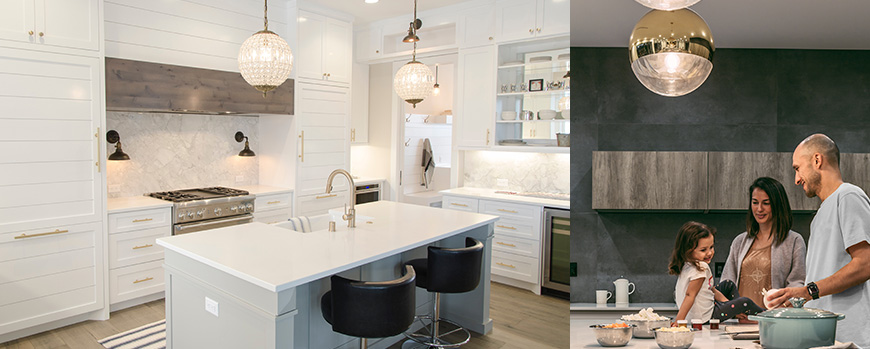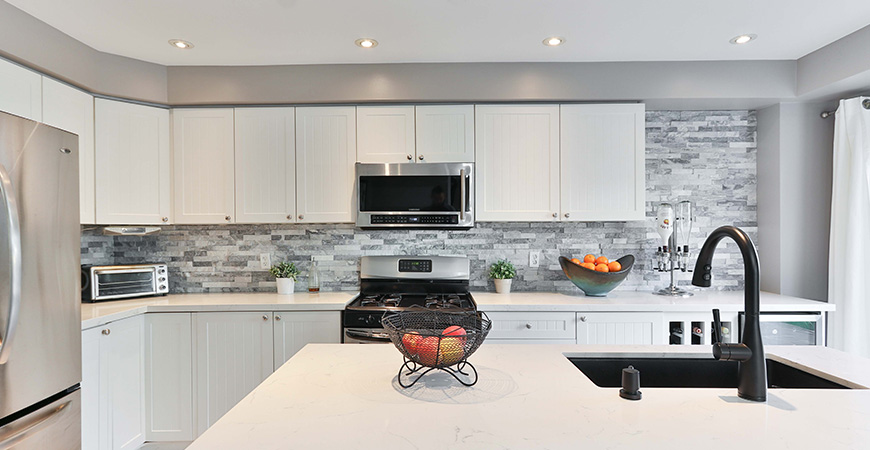Made in Maldives – S. Gan Garment Factory
Based on memories of an 18 year old’s life in post-British protectorate Gan— creative non-fiction. Please comment if you have pictures or more accurate information of the time!
I
in 1985 she was 18 years old and fresh out of grade seven in Nooraanee School, the highest level of schooling that could be received in S. Hithadhoo at the time. Her father, a carpenter for the Addu Development Authority (ADA), announced that she was to start working at the Silverline Garment Factory in Gan as an administrative assistant. The factories were owned by companies in Hong Kong, and operated in partnership with STO. This was the extent of her knowledge of her new workplace.
Father’s decisions were rarely subject to protest, and her own reluctance was expressed only through stony silences, a refusal to be excited, and making up her mind to never pack meals to eat at the mess halls.
And so it began. Four am wake-up calls, bleary eyes, and steaming breakfasts put in front of her by her mother. She would watch as her ever-disciplined father left the house at 4:30 am to catch the earliest STO bus to Gan from Hithadhoo. Clockwork. She took her time, neat plaits, every crease in her dresses smoothed out, her face set in a determined pokerface.
On the days she woke up early enough, she would catch a ride to Gan with her father in a largely empty bus. She would let her thoughts flow and relax, the early bus being far less traumatizing during the bumpy 45 minute ride to Gan. She avoided the 6:30 bus like the plaque. The 30 person seater would usually get packed with 70. The unfortunate days where she had to catch it were etched into her memories in flashes of armpits, sweat, and no breathing space. Sardines.
The causeway between Feydhoo and Gan was put together with big blocks of rock with a layer of sand on top. Some days the bus would get to the edge of Feydhoo to find that the tide and waves had dislodged the rocks and washed away the sand. Days like that, the bus would stall while the passengers helped to re-align the causeway and put more sand on top, hoping for a smooth ride. Of course, she never got off the bus for that and would peer out the glass to see the action.
At 7:25 am, a bell would sound to signal 5 minutes till reporting time to punch in the attendance card. She’d watch from her perch in the air conditioned office as workers of all ages rushed from the yard and buses to hurriedly get their time stamp on. She was usually at Gan by 6:45 am, punched in well ahead of time and would not occupy her time in the fruitless pursuits of gossiping and flirting, thank you very much.
When the bell sounded the young women and men would run giggling in, startled from their lovestruck gazes, whispered flirty exchanges, and stolen kisses in select nooks. They would cluster into the hall, some brazenly holding hands and flirting, while others looked on to witness a form of courage they did not have (or sometimes approve of).
One wall of the hall was lined with punch cards of every employee at the factory. They were rectangular cards about 15 cm long, with the employee’s name, ID number and section printed at the top. One side of the card had the first 15 days of the month, and the other side the rest.
She knew all these details because she was the one who made them. At first she would stamp the ID number of every employee on their card before settling down at the typewriter and typing in their names and other details. Once she was done with that, she’d organize them by section and put them in rubber bands, ready to be handed over to the security in charge of guarding the punch card wall.
Every day, once the employees punched their cards in, she would go through them to identify who showed up to work and who didn’t. And then, on a great big board which was prominently displayed to everyone, she would update the daily statistics section wise, with the total number of people in each section, present employees, absentees, those that were on leave and sick leave.
Subtitle
By 9:30 am there would be another bell signaling a 15 minute interval break. Workers from every section would pool into the compound and mess hall. Some came with food packed from home, while others seized the opportunity to pick up from where they left off earlier in the morning. She would sit observing from the glass windows of her office, no packed snacks, still full from breakfast. With the 15 minutes over, everyone filed back in to the factory. Everyone has a role, a job, and a target.
When the sewing section workers sat down at their stations and to begin their work, the steady hum of machines would fill the air. Each worker had a table with their machine, a stack of work to be completed, a little wooden box which they swept the completed work into, and a helper who sat with them. These helpers were usually older women. The helper counted the number of completed pieces, checked for any damaged or unfinished ones and kept track of the worker’s progress. Being each other’s partners at work, the workers and their helpers often developed beautiful friendships, taking their breaks together and having lunch together.


Subtitle
The factory halls were lined end to end with tables. Low hanging tube lights were hung in pairs to give the workers the maximum possible light. Supervisors from Hong Kong roamed the halls, giving instructions when needed, training all the new staff and keeping the work going. The workers were so fast at their job, they were mesmerizing to watch.
The factory was always busy, sewing machines and overlock machines (aka oalak machine) going, trolleys moving back and forth. Young men pushed and pulled at these trolleys taking the finished work of each line on to the next bit of the assembly line.
After sewing, the clothes went onto the trimming section, onto the buttoning section, the laundry section, the pressing section, and finally the packing section. Each of these sections had multiple ‘QCs’ or Quality Controllers. QCs were usually foreigners, many of them Sri Lankan. She would often see them around in Gan where they had their quarters – tight blouses and flowing skirts.
And at noon, the bell would sound again. Lunch time.
Lunch was a busy affair. A one hour break would be given during which the gates of the factory would stay open. There weren’t many restaurants around, and most people brought food from home. Rice and curry and rihaakuru were popular options. The canteen area was big enough to accommodate the workers and had two big water boilers.
The Hassan Raha Canteen always had a big pot of curry made thick with flour. The tiny rations came at quite an expensive price of Rf. 10 for the workers who earned Rf. 300 monthly. Since many couldn’t afford to have lunch daily, the canteen came up with a deal – half the month’s salary for a full month of lunch whether you decide to eat it or not.
She remembers wrinkling her nose at the hotel smell and the many tables with benches. Instead, she would band together with the girls working at her office unit and walk over to the nearby yet very expensive restaurant for lunch. The restaurant in Holiday Village was only viable because they all split the bill.
For many, the lunch hour was more of a photography hour. Food would be hurriedly shoveled in while photographers suddenly appeared around the factory to capitalize on those looking to pose with their friends. She recalls Gan at the time being even more beautiful than today – no trash, shoe flowers everywhere, and fithiroanu trees lining the streets. And both men and women would run from one tree to the next with a different pose for each, in groups, alone and with lovers.
At 1 pm, would come the bell that drew the eating, photos and flirting to a close. Everyone would file back in yet again, picking up where they left off. When the sections ran out of material, it was time for a visit to the store room to visit the stock keepers. She remembers the store being immense, with every color and texture of cloth, buttons, thread and other accessories always fully stocked. The stock keepers would pull out giant books from which workers could pick out exactly what they wanted in the colors they wanted. And like everything else at the factory, the vouchers to get material from stock would be recorded in English.

Subtitle
And so the rhythm at the factory would stay on track to order numbers, style numbers and the specific amount of cartons that have to be filled. The only thing recorded in Dhivehi at the factory was the Yaumiyya – notes of all the work that took place – which was recorded daily at the end of the day. By 4:30 pm, the day would draw to a close and it would be time to head home. Workers must yet again file into the STO buses that would drop them off at home. There would be a huge rush to get a seat on the bus with workers pelting towards the buses, bags swinging. Every now and then supervisors would patrol near the gates, sending back the workers who tried to get a five minute head start on finding a seat on the buses!
The factory ran like clockwork, but there were days where one couldn’t go home at 4:30. She remembers days when order got too ‘tight’ with a deadline looming and the cargo boat ready to leave at the port. Overtime would become necessary and was yet again orchestrated to the minute. By afternoon, it would be decided how much OT time would take place and which workers needed to stay on.
OT could finish at 6:30 pm, 8:30 pm or 10 pm depending on the urgency and amount of work. 10 pm was the last possible time to stay at work, after which the factory would shut down for the day. Hulhudhoo Meedhoo workers rarely did any OT since their transport to and from Gan was via dhoni. Even then, sleeping quarters were made at the factory in case workers had to stay the night. On days like these, STO would supply the meals for OT workers. At tea time, each worker would get two slices of bread and margarine with a cup of black tea. For dinner, the dreaded thin fish curry and rice.
And so it went, lovers heartbeats punctuating the droning sound of machines. Winding yarn, knitting, linking, laundry, lamp, mending, ironing and packing. Cardboard boxes with batch number, order number, quantity and a sign that said Made in Maldives. Orders stacked in bundles, tied with a blue packing ribbon, greetings from a blue nation. And the memories stay on of a time where a garment factory in Addu was a beacon of security, hope and love.
There are two types of people who will tell you that you cannot make a difference in this world: those who are afraid to try and those who are afraid you will succeed
james jackson







